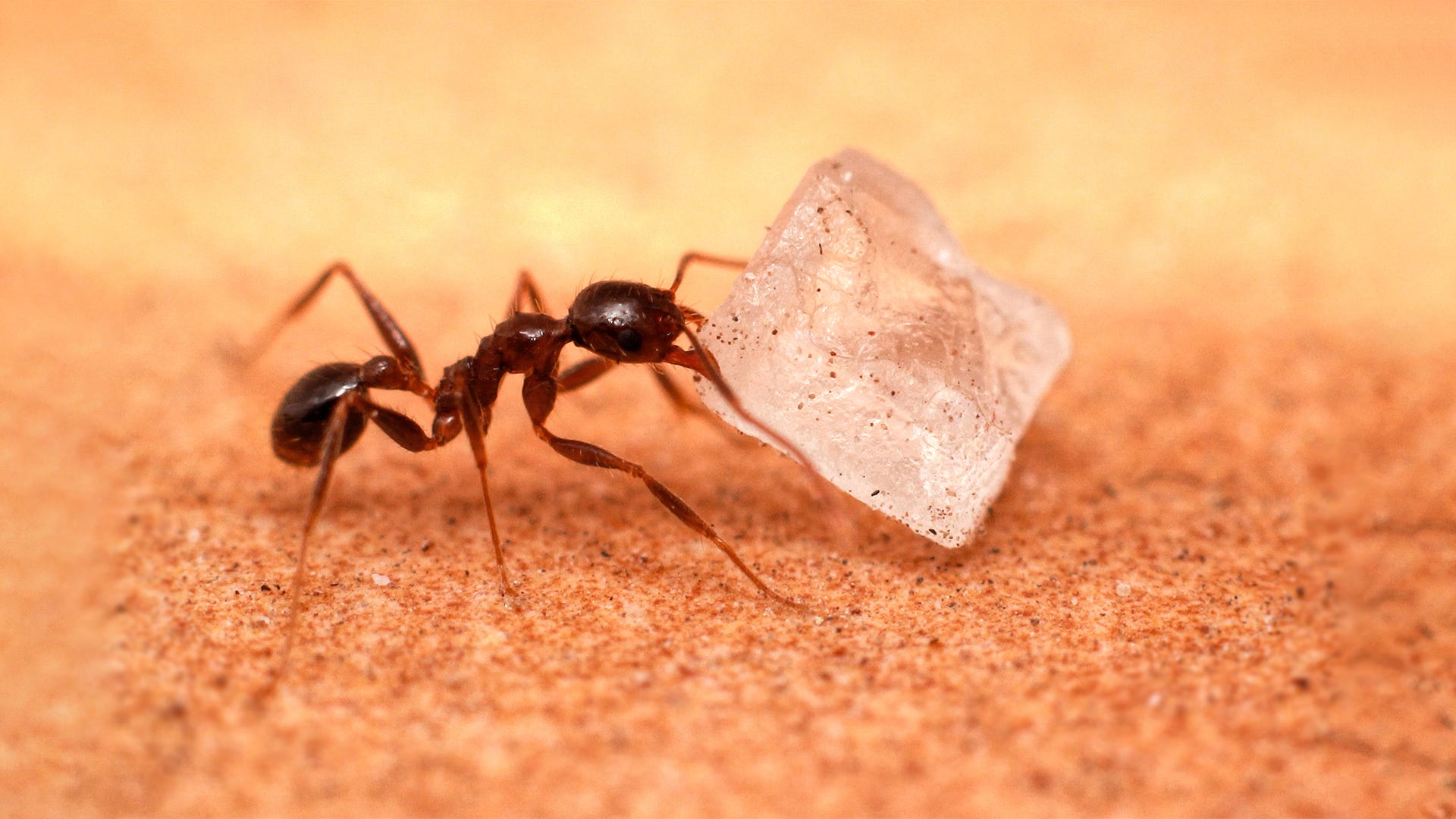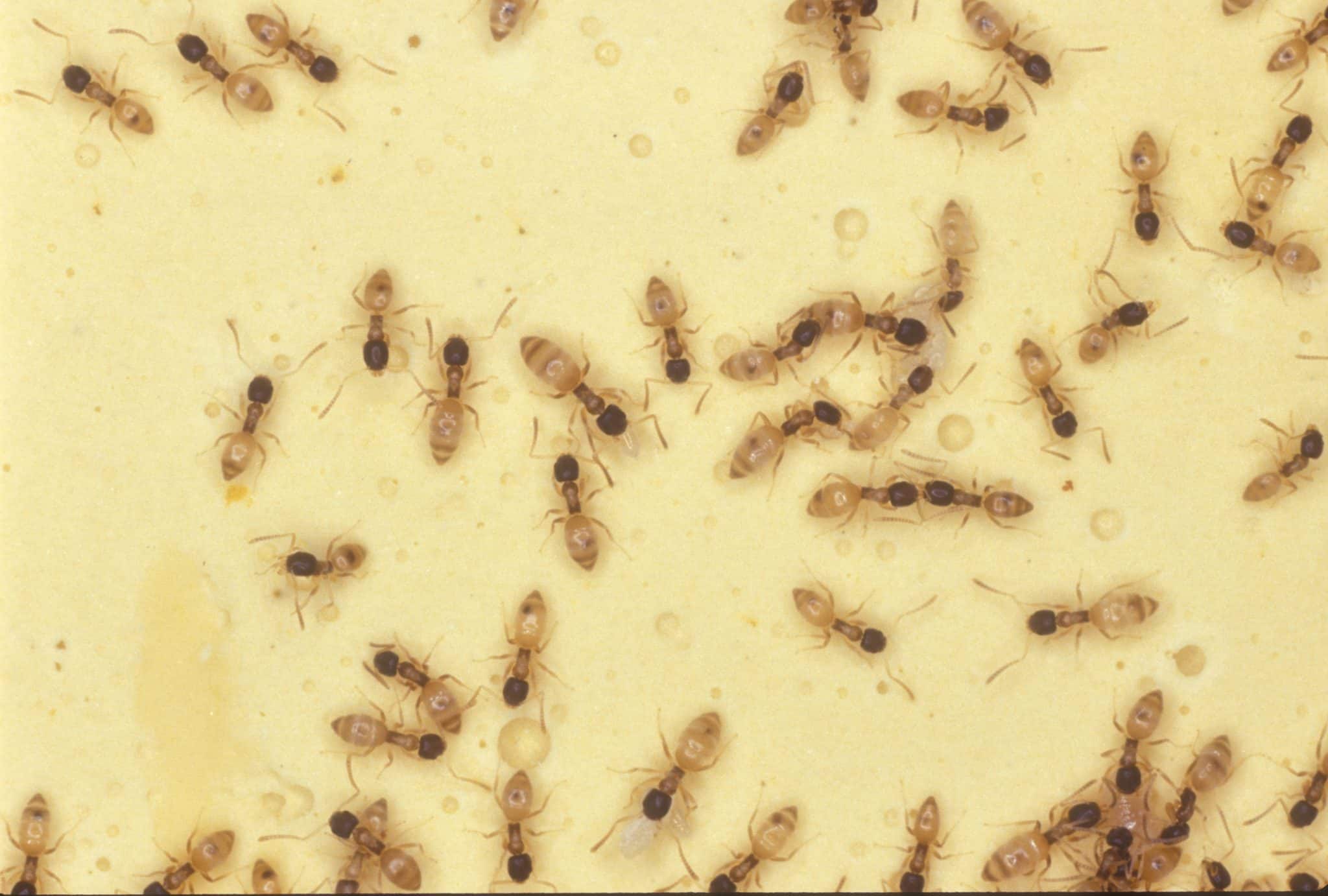Little Brown Ant Biology and Behavior: Little Brown Ants In Bathroom

Little brown ants, scientifically known as *Tapinoma sessile*, are a common household pest found across North America. They are small, typically measuring 1/16 to 1/8 inch long, and are characterized by their dark brown color and lack of a distinct waist. Understanding their biology and behavior is crucial for effective control and prevention of infestations.
Lifecycle
Little brown ants undergo a complete metamorphosis, meaning they have four distinct life stages: egg, larva, pupa, and adult.
- Eggs: These are small, white, and oval-shaped. They are typically laid in clusters and cared for by worker ants.
- Larvae: These are worm-like and lack legs. They are fed and cared for by worker ants, who provide them with food and keep them clean.
- Pupae: At this stage, the larvae spin a cocoon and transform into pupae. They are inactive and resemble small, white, oval-shaped objects.
- Adults: Once the pupae develop, they emerge as adults, ready to perform their specific roles within the colony.
The time it takes for a little brown ant to complete its lifecycle varies depending on environmental factors such as temperature and food availability. Under optimal conditions, the entire process can take as little as 30 days.
Behavior
Little brown ants exhibit several interesting behaviors that contribute to their success as a species.
- Foraging: They are opportunistic feeders, scavenging for a wide variety of food sources, including sweets, grease, crumbs, and even dead insects. They follow trails laid down by other ants, which are marked by pheromones, chemical signals that guide them to food and back to the nest.
- Communication: Little brown ants communicate through a complex system of pheromones, which they use to mark trails, alert others to danger, and signal the location of food sources. This communication system allows them to efficiently coordinate their activities and exploit available resources.
- Colony Organization: Little brown ants live in colonies that can contain thousands of individuals. These colonies are highly organized, with distinct roles for each ant. The queen is responsible for laying eggs, while workers perform tasks such as foraging, caring for young, and maintaining the nest.
Attraction to Bathrooms
Bathrooms often provide an ideal environment for little brown ants due to the presence of several attractive factors:
- Moisture: Bathrooms are typically humid environments, which is essential for little brown ants to survive. The presence of leaks, condensation, and spills can provide them with the moisture they need.
- Food Sources: Bathrooms often contain food sources that attract little brown ants, such as crumbs, spills, toothpaste, and even soap. These food sources provide them with the nutrients they need to thrive.
- Shelter: Bathrooms often offer shelter from predators and the elements. Cracks and crevices in walls, floors, and around plumbing fixtures provide them with a safe place to nest and raise their young.
Identifying Little Brown Ants in the Bathroom

Identifying little brown ants in your bathroom is crucial for effective pest control. These tiny insects can quickly become a nuisance, infesting your home and potentially contaminating food. This section provides a detailed guide to help you accurately identify little brown ants in your bathroom.
Physical Characteristics of Little Brown Ants
Little brown ants are small, measuring about 1/16 to 1/8 inch in length. Their color ranges from light brown to dark brown, with some individuals having a reddish hue. These ants have a distinctive body shape, with a narrow waist and a segmented abdomen. Their antennae are elbowed, and they have three pairs of legs.
Comparing Little Brown Ants to Other Common Household Pests
It’s important to differentiate little brown ants from other common household pests. While they might share some similarities, distinct features can help you identify them correctly.
- Termites: Termites are typically larger than little brown ants and have a straight, cylindrical body. They also have a soft, pale color, unlike the harder, darker exoskeleton of ants.
- Roaches: Roaches are larger than little brown ants and have a flattened body shape. They also have long, thread-like antennae and a distinctive, oval-shaped head.
- Spiders: Spiders are easily distinguishable from ants with their eight legs and the presence of a cephalothorax (fused head and thorax). They also have fangs and spinnerets, which are absent in ants.
Visual Guide to Identifying Little Brown Ants
A visual guide can be incredibly helpful in identifying little brown ants. Here’s a description of a visual guide that would be beneficial for homeowners:
- Image 1: A close-up photograph of a single little brown ant. The image should clearly show the ant’s small size, light to dark brown color, narrow waist, and segmented abdomen. The caption should read: “Little brown ant: Notice the small size, brown color, and narrow waist.”
- Image 2: A photograph showing a group of little brown ants foraging on a countertop or floor. The image should emphasize the ants’ movement and the way they form trails. The caption should read: “Little brown ants often form trails as they search for food.”
- Image 3: A side-by-side comparison of a little brown ant, a termite, a roach, and a spider. The image should highlight the distinct differences in size, body shape, and other features. The caption should read: “Comparing little brown ants to other common household pests: Note the differences in size, shape, and features.”
Preventing and Eliminating Little Brown Ants in the Bathroom

Little brown ants are notorious for their ability to invade homes, particularly bathrooms. They are attracted to moisture, food sources, and warmth, making the bathroom an ideal environment for them. To prevent and eliminate little brown ants from your bathroom, a multi-pronged approach is crucial.
Preventing Little Brown Ant Infestations
Preventing little brown ants from entering your bathroom is the first line of defense. By eliminating their access points and food sources, you can significantly reduce the chances of an infestation.
- Seal cracks and crevices: Little brown ants can squeeze through tiny openings, so sealing cracks and crevices in your bathroom is essential. Use caulk or silicone sealant to fill gaps around plumbing fixtures, baseboards, windows, and doors.
- Store food properly: Little brown ants are attracted to food crumbs, spills, and even the scent of food. Store all food items in airtight containers, especially in the bathroom, where food items like toothpaste and soap can attract them.
- Keep the bathroom clean and dry: Little brown ants thrive in moist environments. Wipe up spills immediately, clean countertops and floors regularly, and ensure proper ventilation to prevent moisture buildup.
Eliminating Existing Little Brown Ant Infestations, Little brown ants in bathroom
If you have an existing little brown ant infestation in your bathroom, it’s important to act quickly to eliminate them.
- Baits: Ant baits are a popular and effective method for controlling little brown ants. They contain a slow-acting poison that ants carry back to their colony, killing the entire nest. Baits are available in liquid, gel, and granular forms. Place baits in areas where ants are active, such as along baseboards, under sinks, and near food sources.
- Sprays: Ant sprays are a quick and effective solution for killing ants on contact. They contain insecticides that kill ants immediately upon contact. However, sprays only target the ants you see and may not eliminate the entire colony.
- Traps: Ant traps are similar to baits but are typically designed to kill ants quickly. They often contain a sticky substance that traps ants, preventing them from escaping.
Hiring a Professional Pest Control Service
For severe infestations or when DIY methods are ineffective, hiring a professional pest control service is the best option. Professionals have the expertise and tools to effectively eliminate little brown ant infestations.
